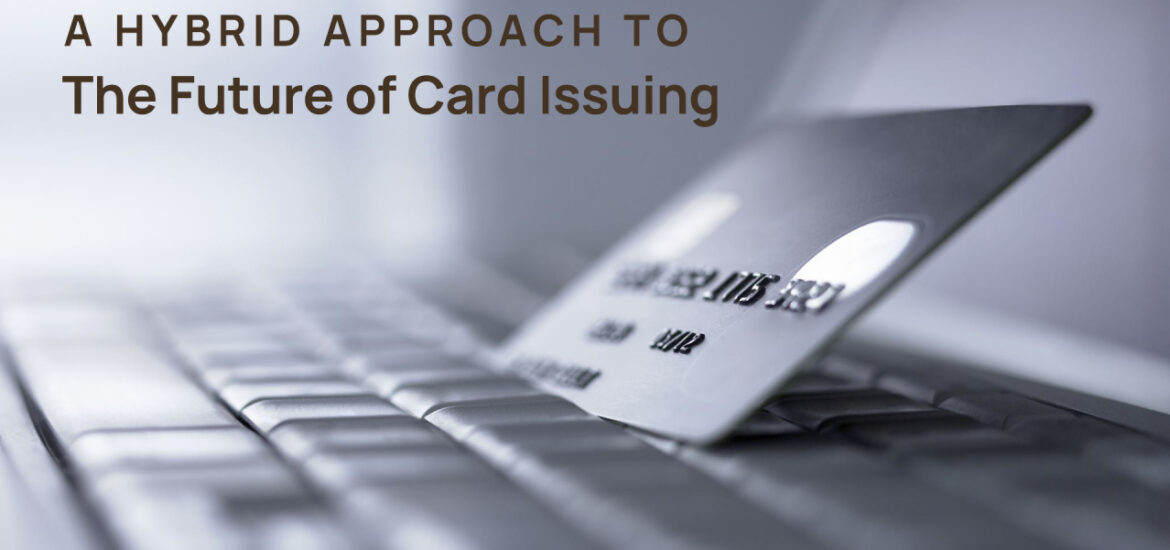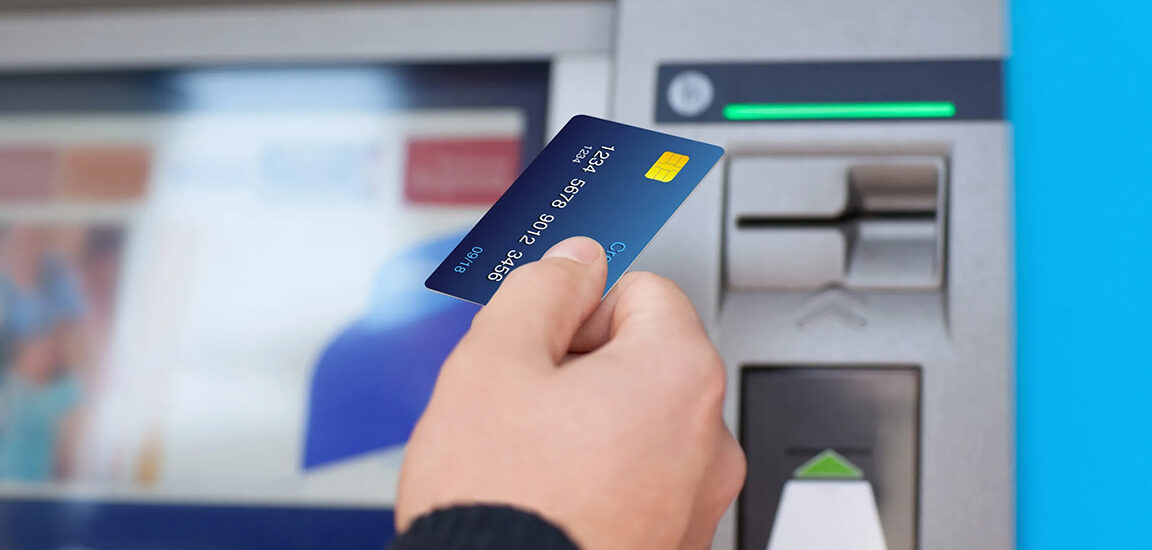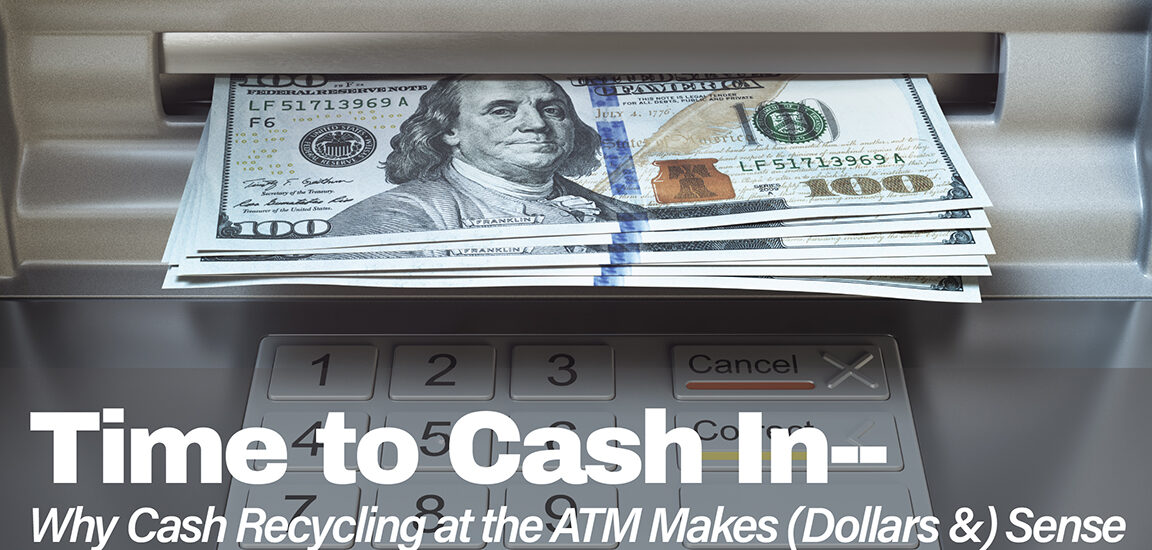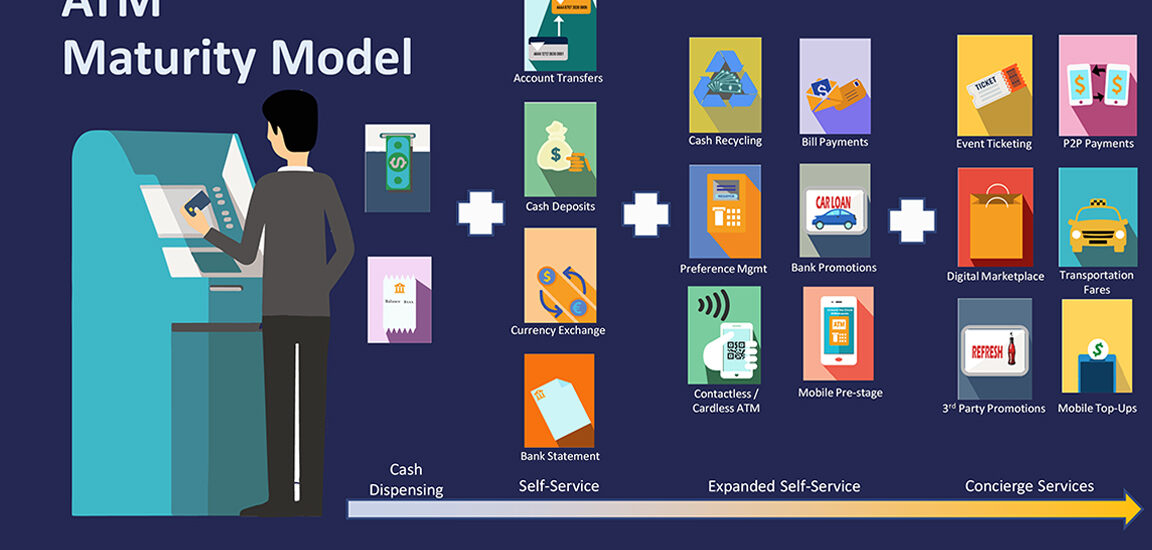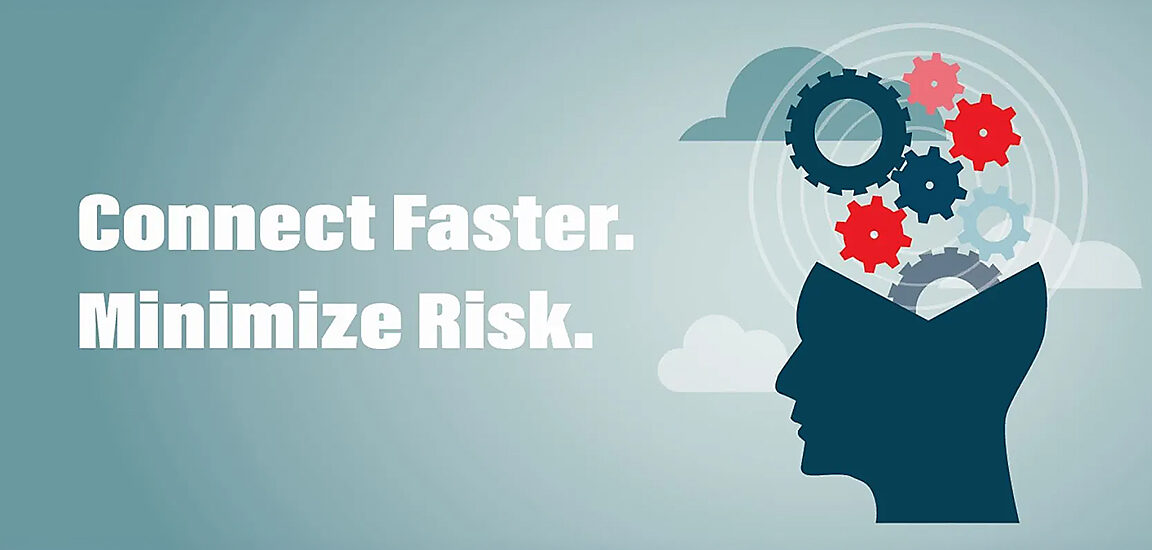A Hybrid Approach to the Future of Plastic
In this digital age, Generation Z’s preference for digital payment solutions is helping to reshape the banking landscape. A recent article from Financial Brand (When Will Mobile Banking Finally Kill the Plastic Card?) highlights this shift, emphasizing Gen Z’s inclination towards smartphones and digital wallets, which streamline their financial transactions and fit seamlessly into their digital-centric lifestyles.
Understanding Gen Z’s Payment Preferences
As we’re all well aware, Gen Z, the first to grow up entirely in the digital era, uses smartphones as their main source for managing their daily lives, including financial transactions, where digital wallets provide a convenient, all-in-one platform for payments, identification, and personal data management. Integrating payment functions into social media and e-commerce platforms caters to Gen Z’s preferences, marrying convenience with their environments.
This must be the end of physical cards, right? Well, as Mark Twain said, “The reports of my death are greatly exaggerated.” Despite the convenience of digital wallets, the transition away from physical cards is not absolute. The article wisely points out that physical cards still hold significant value. They are widely accepted, still offering a reliable payment option when digital systems fail or are unavailable, and represent a tangible symbol of financial status for many. Additionally, concerns over digital security persist, with a notable portion of Gen Z expressing reservations about the security of digital-only solutions.
Euronet’s Vision for a Hybrid Future
At Euronet, we recognize these evolving preferences and the need for a flexible, hybrid approach to payment solutions. We agree with the observations made in the Financial Brand article and see the value in offering digital and physical payment options.
- Effortless Card Management with Ren: Our Ren Payments platform exemplifies our commitment to providing comprehensive card management solutions. Ren ensures that customers can seamlessly enjoy the benefits of digital and physical cards. From card sponsorship and custom creation to fulfillment and lifecycle management, Ren covers all aspects of card management.
- Best of Both Worlds: Ren offers the flexibility to issue digital and physical cards, including tokenized cards compatible with Apple Pay and Google Pay, virtual cards for secure online transactions, and traditional physical cards equipped with EMV, NFC, and magstripe technologies.
- Dynamic Spend Controls and Real-Time Card Processing: We also provide dynamic spend controls to create unique customer experiences while enhancing security and reducing fraud. Our real-time card processing capabilities complement this, ensuring compliance and efficiency across all major card networks.
Ready for Tomorrow: Pioneering Payment Flexibility
As the financial ecosystem evolves, Euronet stays ahead by continually adapting to the changing preferences of all consumers. Our Ren Payments platform represents our commitment to versatility, offering both digital and physical card solutions to ensure everyone can manage their finances their way. As we look toward a future where digital and traditional banking coexist, Euronet is here to guarantee that choice and security remain at the forefront of your financial transactions. Join us in embracing the future of banking—flexible, secure, and tailored to your needs.

